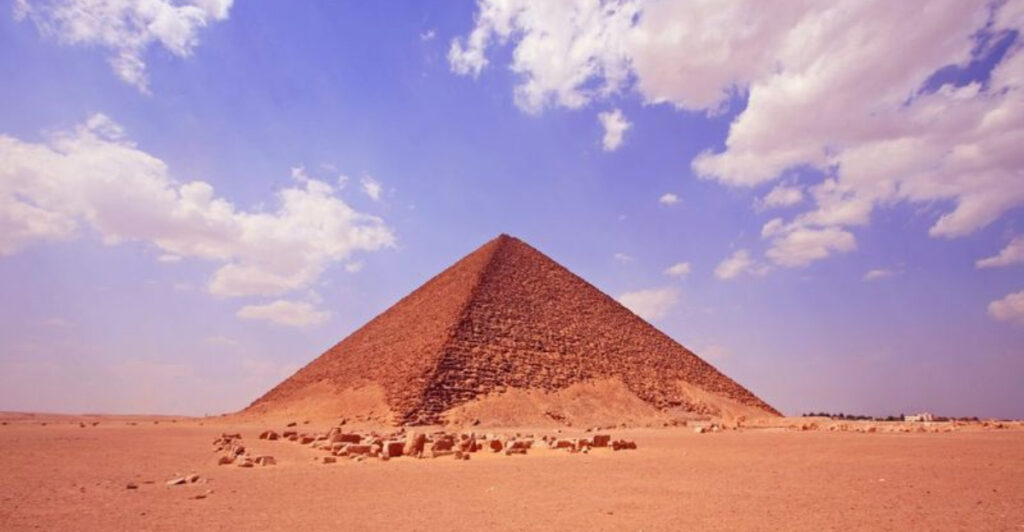When it comes to exploring pyramids, everyone knows about the colossal landmarks that draw millions each year. However, there are hidden gems scattered across the globe that promise a more intimate and awe-inspiring experience. This blog post will guide you through 7 big-name pyramids you might want to skip and introduce you to 19 lesser-known marvels that are sure to captivate your adventurous spirit. Discover why these hidden gems deserve a top spot on your travel bucket list and prepare to uncover secrets that only a few intrepid travelers have witnessed.
1. The Pyramid of Khufu
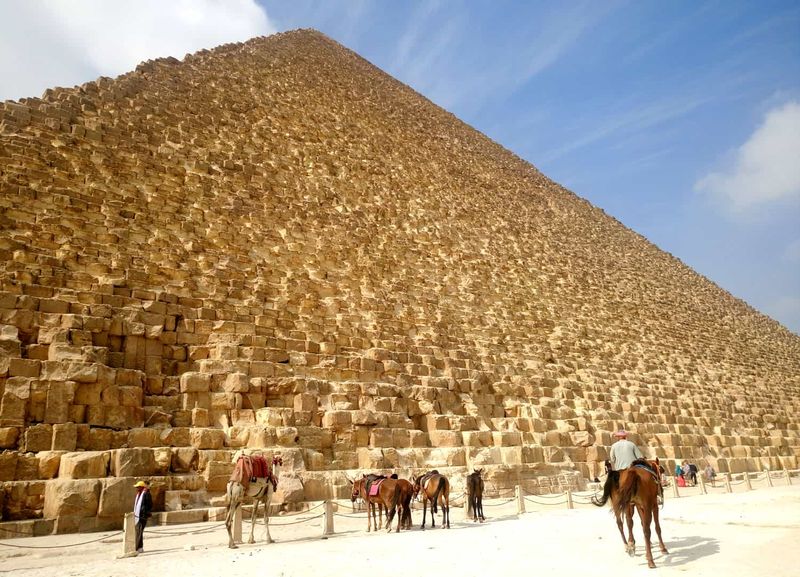
The Pyramid of Khufu, or the Great Pyramid of Giza, stands as a testament to ancient Egyptian engineering. Located near Cairo, it’s the only remaining wonder of the ancient world. However, its popularity can lead to overwhelming crowds. Often, the mass of visitors detracts from the majestic experience one might hope for. Its massive limestone structure, while awe-inspiring, is often obscured by the numbers of people trying to capture their memories. With its towering height, it dominates the Giza Plateau, a sight both breathtaking and, at times, exhausting due to its fame-driven bustle.
2. The Pyramid of Djoser
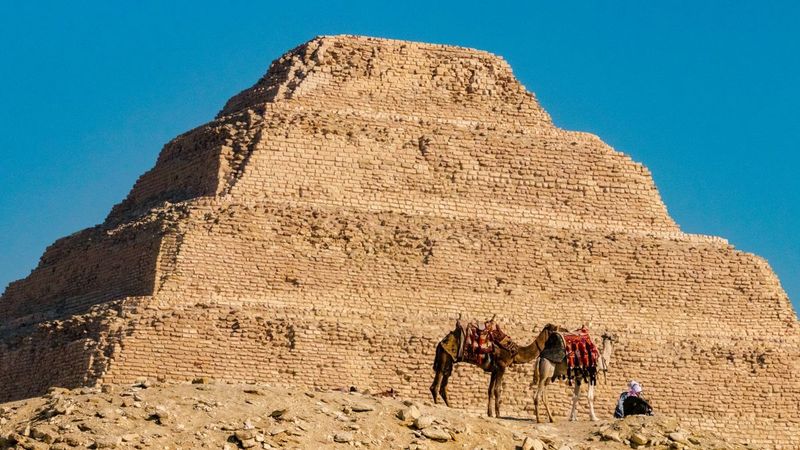
Located in Saqqara, the Pyramid of Djoser is considered the earliest colossal stone building in Egypt. This step pyramid served as a prototype for later smooth-sided pyramids. Its architectural design was revolutionary, conceived by the architect Imhotep. However, the site draws fewer visitors compared to its Giza counterparts, offering a quieter exploration. The six-tiered structure, a marvel in its own right, stands as a testament to the ingenuity of early pyramid construction. Visitors can truly appreciate its historical significance and intricate design without the throngs of tourists.
3. The Pyramid of Sneferu
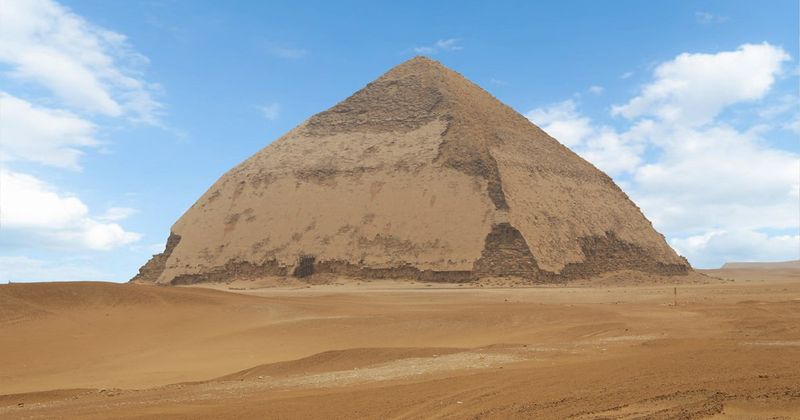
The Bent Pyramid of Sneferu, located in Dahshur, presents a fascinating architectural anomaly. Its unique bent structure, due to a change in angle during construction, adds to its allure. This pyramid offers a glimpse into the experimentation phase of pyramid building. Though less famous than the pyramids at Giza, it provides a unique story of architectural evolution. The smooth limestone casing, still largely intact, shines brightly in the sunlight. Visitors can experience the pyramid’s charm without the constant hustle and bustle. It’s a hidden treasure waiting to be explored by curious minds.
4. The Pyramid of Menkaure

Standing on the Giza Plateau, the Pyramid of Menkaure is the smallest of the three pyramids at Giza. Despite its size, it holds a certain charm with its original granite casing stones still visible at the base. Its construction reflects a refined elegance that is often overshadowed by its larger neighbors. While it may not boast the grandeur of Khufu’s pyramid, it offers a more personal encounter with ancient history. The pyramid’s smaller crowds allow for a peaceful exploration, making it a delightful alternative for those wishing to escape the busy scenes.
5. The Red Pyramid
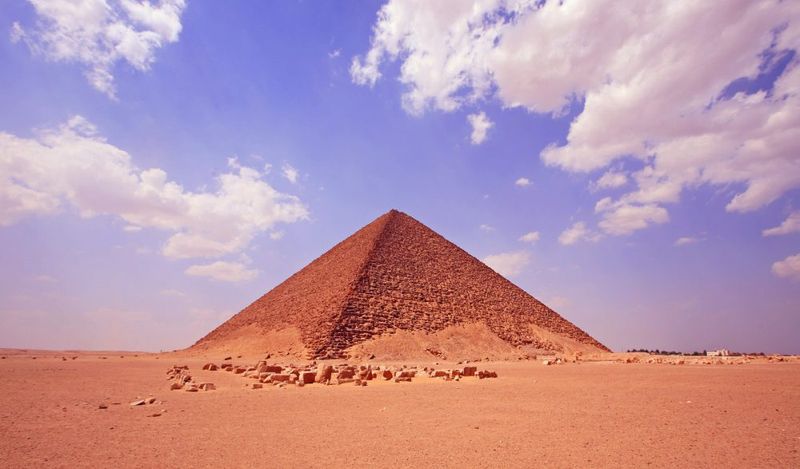
The Red Pyramid, also located in Dahshur, is known for its reddish hue, thanks to the iron oxide in its limestone blocks. It was the first successful attempt at a smooth-sided pyramid. As Sneferu’s second pyramid, it marks a significant step forward in pyramid construction. The vast, open area around it allows visitors to explore without feeling cramped. With fewer tourists, individuals can truly appreciate its size and significance. Often overlooked in favor of the more famous Giza Pyramids, the Red Pyramid stands as a serene giant in the Egyptian desert.
6. Pyramid of Unas
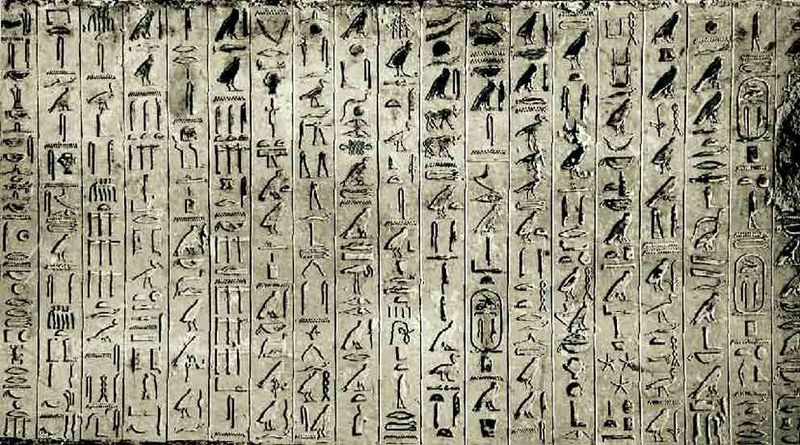
The Pyramid of Unas, situated in Saqqara, is best known for the pyramid texts found in its burial chamber. These are the earliest known religious texts in the world. Though small in size, its historical significance is immense. The internal passages, adorned with hieroglyphs, tell the story of the king’s journey in the afterlife. This pyramid offers a deeper connection to ancient Egyptian beliefs and their concept of the afterlife. Visitors can marvel at the well-preserved inscriptions, a unique experience often missed by those flocking to the larger monuments.
7. Pyramid of Lahun

The Pyramid of Lahun, also known as the Pyramid of Senusret II, is located near the town of Faiyum. Unlike traditional stone pyramids, it was constructed using mudbrick, which gives it a distinctive appearance. Overlooking the tranquil desert landscape, the pyramid offers an unusual architectural style. Its entrance, cleverly concealed, was only discovered in the 19th century, adding an element of mystery. Visitors can explore the ruins and imagine the grandeur it once held. Far less crowded than the major pyramid sites, it allows for peaceful contemplation and a closer connection to ancient Egyptian history.
8. Teotihuacan Pyramid of the Sun

The Pyramid of the Sun, located in Teotihuacan, Mexico, is one of the largest pyramids in the world. Its massive base and height dominate the ancient city’s landscape. However, its popularity often results in large crowds, making it difficult to fully enjoy its grandeur. The pyramid’s rich history and cultural significance can be somewhat lost amid the bustling atmosphere. Despite this, its location along the Avenue of the Dead provides a unique glimpse into the life of an ancient civilization. A visit here is both enlightening and, at times, overwhelming due to its fame.
9. The Pyramid of the Moon
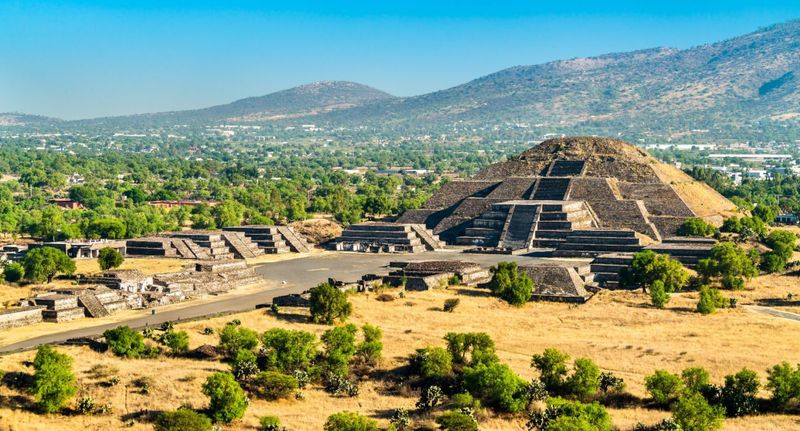
Located at the northern end of the Avenue of the Dead, the Pyramid of the Moon in Teotihuacan offers a different perspective. Its terraced structure provides stunning panoramic views of the ancient city and the surrounding landscape. Unlike the Pyramid of the Sun, it attracts fewer visitors, allowing for a more tranquil experience. The pyramid’s cultural and religious significance is profound, believed to have been used for both ceremonial and sacrificial purposes. Visitors can climb its steps and imagine the vibrant rituals that once took place here, connecting more personally with the site’s rich history.
10. El Castillo at Chichen Itza
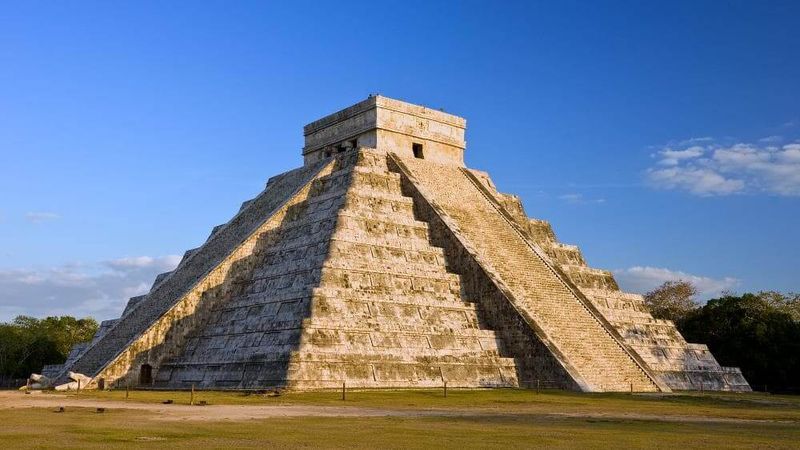
El Castillo, also known as the Temple of Kukulcan, dominates the ancient city of Chichen Itza in Mexico. Famous for its staircase shadow during the equinox, it draws significant crowds during this time. The pyramid’s design reflects the Mayan calendar, with 365 steps corresponding to the days of the year. Its popularity, however, means dealing with large crowds, which can detract from its mystique. Despite this, the pyramid remains a must-see, offering insights into Mayan architecture and astronomical knowledge. It’s a site where history and culture converge, providing a fascinating glimpse into the past.
11. Tikal Temple I
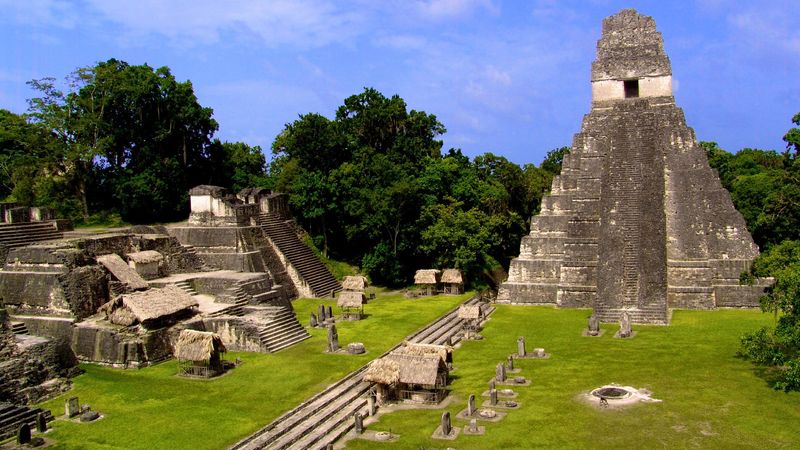
Located deep within the Guatemalan jungle, Tikal Temple I is a remarkable structure of Mayan origin. Known as the Temple of the Great Jaguar, it rises above the lush canopy, offering breathtaking views. Its relative isolation means fewer tourists, allowing for a serene exploration. The pyramid’s steep steps and towering height create an imposing yet awe-inspiring sight. Visitors can climb to the top and witness the sprawling jungle below, a view that truly captures the imagination. This ancient site whispers tales of a powerful civilization that once thrived amidst the dense forest.
12. Uxmal Pyramid of the Magician
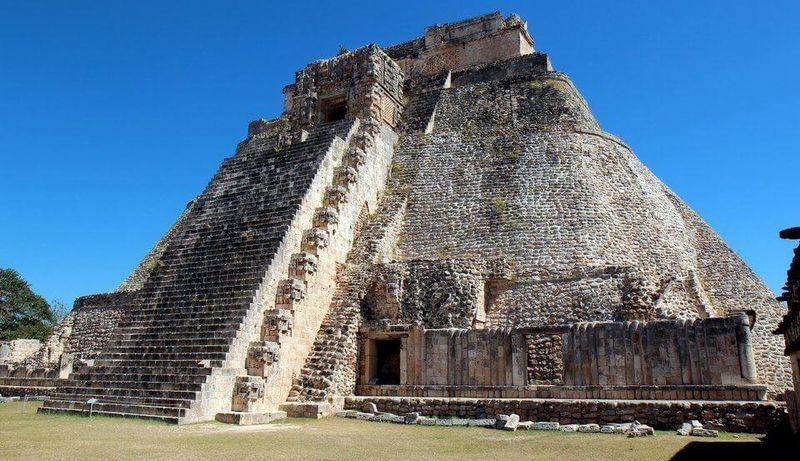
The Pyramid of the Magician, located in Uxmal, Mexico, captivates with its unusual oval base and intricate carvings. Legend has it that this pyramid was built overnight by a magician, adding a mystical aura to its history. The structure’s unique shape and design reflect the advanced architectural skills of the Mayans. Despite its beauty, it is less frequented than other Mexican pyramids, allowing visitors to experience its splendor in peace. The tranquility of the site enhances the spiritual connection to the past, making it a hidden gem worth exploring for any history enthusiast.
13. Pyramid of the Niches
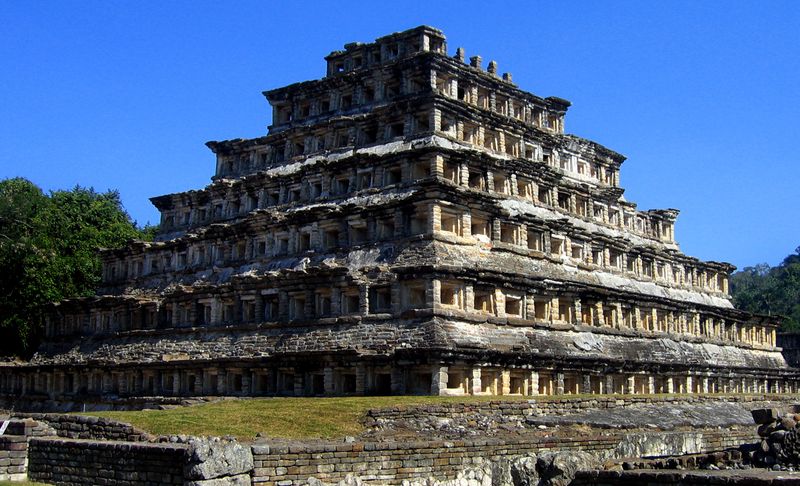
The Pyramid of the Niches, situated in El Tajin, Mexico, is renowned for its unique design featuring 365 niches. Each niche possibly represents a day of the year, showcasing the ancient civilization’s astronomical knowledge. Its intricate architecture is a marvel, drawing admiration from those who venture to this lesser-known site. The pyramid’s remote location ensures fewer crowds, allowing for a more intimate exploration. Visitors can wander through the ancient city and appreciate the pyramid’s craftsmanship. It stands as a testimony to the innovative spirit of the Totonac civilization, often overshadowed by more famous sites.
14. Pyramid of La Danta
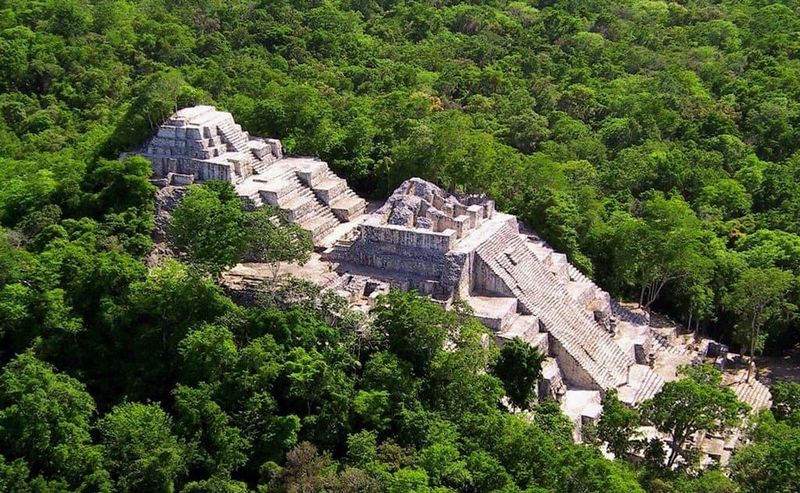
Hidden in the remote El Mirador Basin of Guatemala, the Pyramid of La Danta is one of the largest pyramids by volume in the world. Despite its size, it remains largely unknown and untouched by mass tourism. The journey to reach it is an adventure through thick jungle, rewarding those who dare with a sense of discovery. Standing atop La Danta, one can gaze over an endless sea of trees, a view that few get to experience. This hidden giant tells stories of an ancient civilization that thrived in harmony with nature, away from the bustling modern world.
15. The Pyramid of Cestius
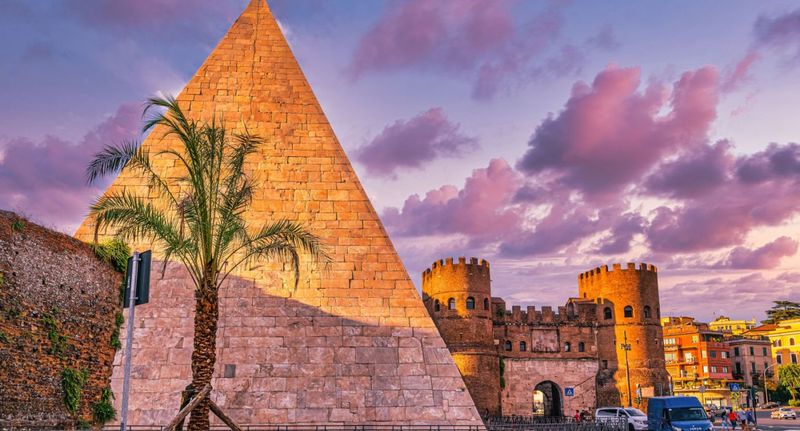
Located in Rome, the Pyramid of Cestius is an intriguing blend of Egyptian influence and Roman architecture. Built as a tomb for Gaius Cestius, a magistrate, this pyramid stands out with its white marble exterior. Its unique presence in a city known for its classical Roman structures makes it an attraction worth visiting. Despite its central location, it is often overlooked by tourists focused on ancient Roman landmarks. The pyramid’s proximity to the ancient city walls adds to its historical allure, offering a peaceful spot for reflection amidst Rome’s vibrant atmosphere.
16. The Nubian Pyramids
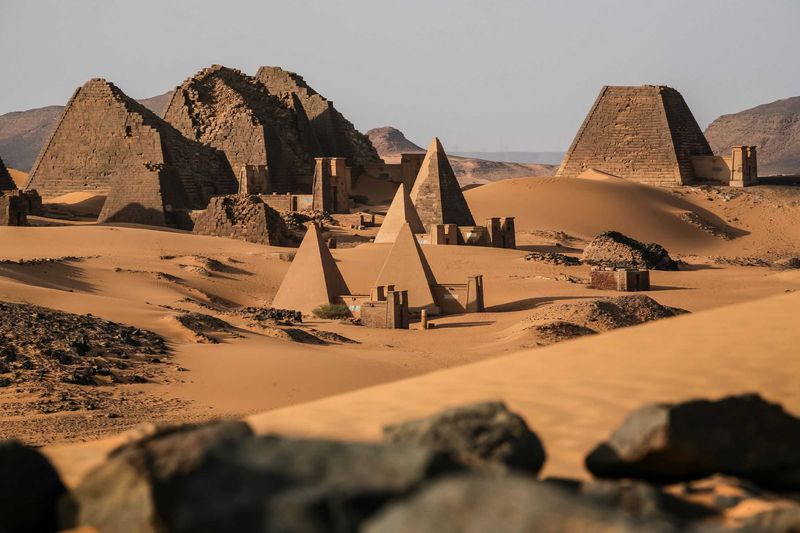
Located in Sudan, the Nubian Pyramids at Meroe are lesser-known but equally fascinating. These pyramids are characterized by their steep angles and smaller bases compared to their Egyptian counterparts. Once the royal cemetery of the Kingdom of Kush, Meroe’s pyramids stand as silent witnesses to a rich history. Despite their significance, they are largely devoid of tourists, offering a tranquil exploration experience. The surrounding desert landscape enhances their beauty, especially during sunset. Visitors can wander among these ancient structures, gaining insight into a civilization that played a pivotal role in African history.
17. Caral Pyramids
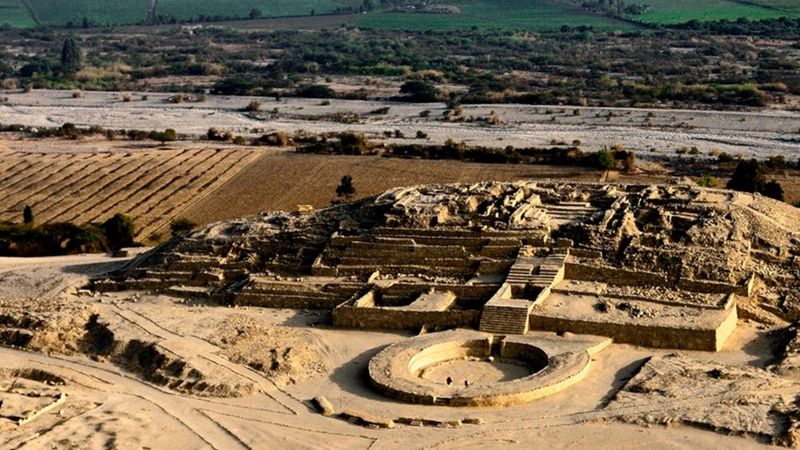
The Caral Pyramids, located in Peru, are among the oldest in the Americas. This ancient city predates even the Inca civilization, offering a glimpse into early urban development. The site’s pyramids are unique, with rounded platforms and sunken circular plazas. Despite their historical importance, they are not as crowded as Peru’s more famous sites. The ongoing archaeological work adds an element of discovery, allowing visitors to witness history being unearthed. The serene desert surroundings provide a peaceful visit, making Caral a must-see for those interested in early American civilizations and their achievements.
18. Candi Sukuh
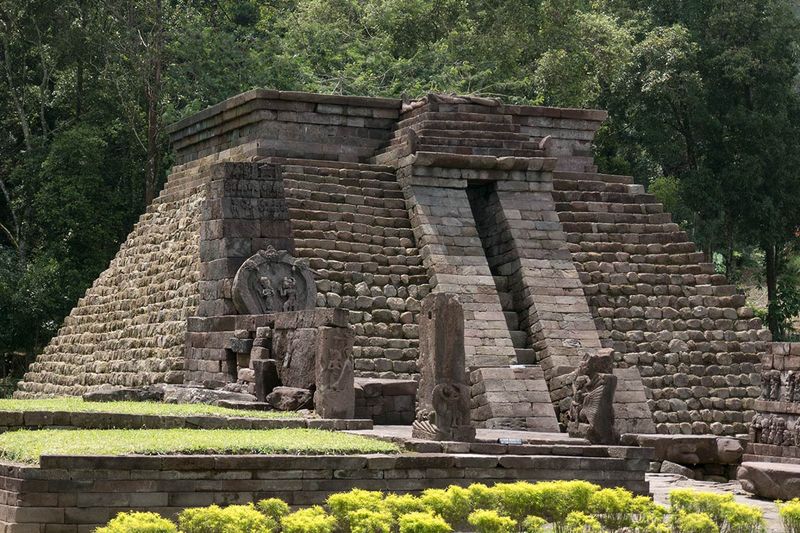
Candi Sukuh, located on the slopes of Mount Lawu in Java, Indonesia, offers a unique blend of Javanese and Mayan architectural styles. The temple-pyramid is known for its stepped terraces and unusual carvings, some of which depict scenes from Hindu mythology. Its remote location ensures a quiet exploration, away from the bustling tourist spots of Java. The lush greenery surrounding the site enhances its mystical aura. Candi Sukuh’s distinct architecture and spiritual atmosphere make it a fascinating destination for those interested in the diversity of ancient cultures and their artistic expressions.
19. Pyramid of Caracol
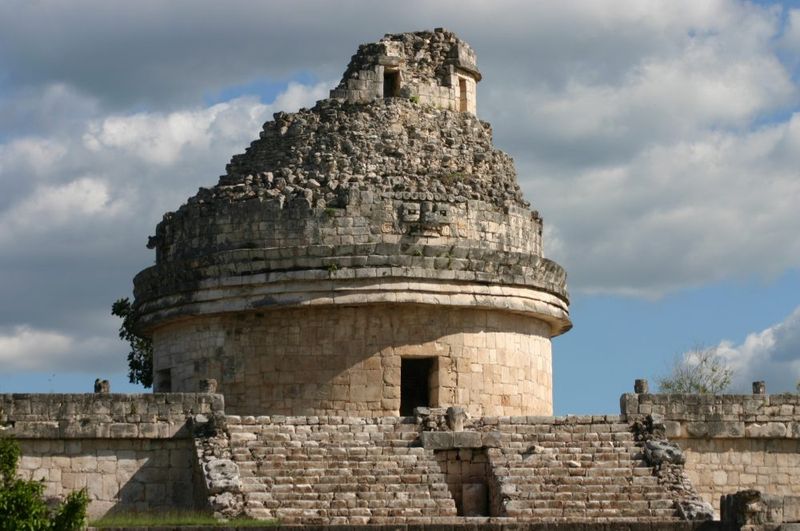
The Pyramid of Caracol, also known as the Observatory, is located in Chichen Itza, Mexico. Its round shape is unique among the site’s structures and is believed to have been used for astronomical observations. This pyramid offers insights into the advanced knowledge of the Mayans regarding celestial events. Despite its significance, it is often overshadowed by El Castillo, making it less crowded. Visitors can explore the ancient observatory and imagine the Mayans tracking the stars and planets. The serene setting allows for a contemplative visit, connecting modern explorers with the scientific achievements of ancient times.
20. Pyramid of the Sun at Cahuachi
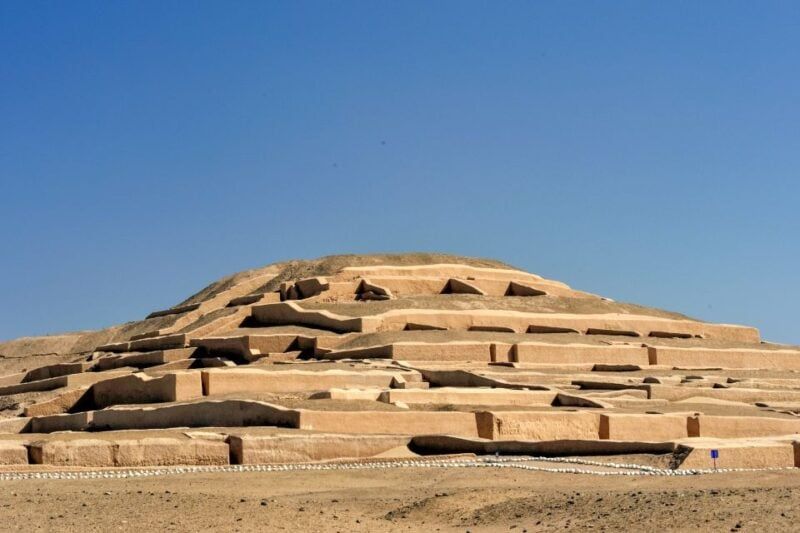
The Pyramid of the Sun at Cahuachi, Peru, is a fascinating adobe structure with a rich history linked to the Nazca civilization. Once a major ceremonial center, it now stands as a testament to the spiritual life of the Nazca people. The pyramid’s adobe walls blend seamlessly with the surrounding desert, creating a mystical landscape. Though not as well-preserved as stone pyramids, it offers unique insights into ancient building techniques. Visitors can wander through the site, feeling the echoes of past rituals. Its remote location ensures a peaceful exploration, away from the crowds.
21. Pyramid of Ahmose
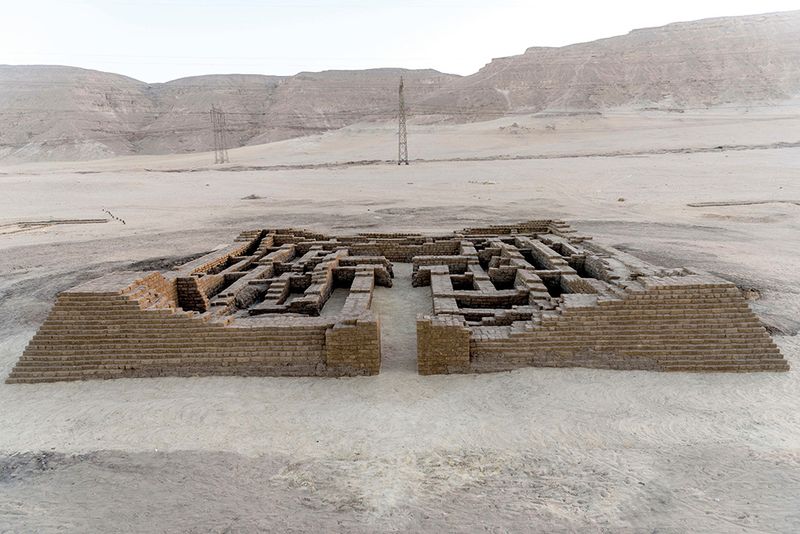
The Pyramid of Ahmose, located in Abydos, Egypt, marks the transition from the Second Intermediate Period to the New Kingdom. Though in ruins, it holds historical significance as the last royal pyramid built in Egypt. Its mudbrick construction is a departure from earlier stone pyramids, reflecting the changing architectural styles of the time. The site attracts fewer visitors, offering a quiet exploration of its remains. The pyramid’s proximity to the ancient temple complex of Abydos adds to its allure. Visitors can reflect on the evolution of Egyptian architecture amidst the serene desert landscape.
22. Pyramid of the Feathered Serpent
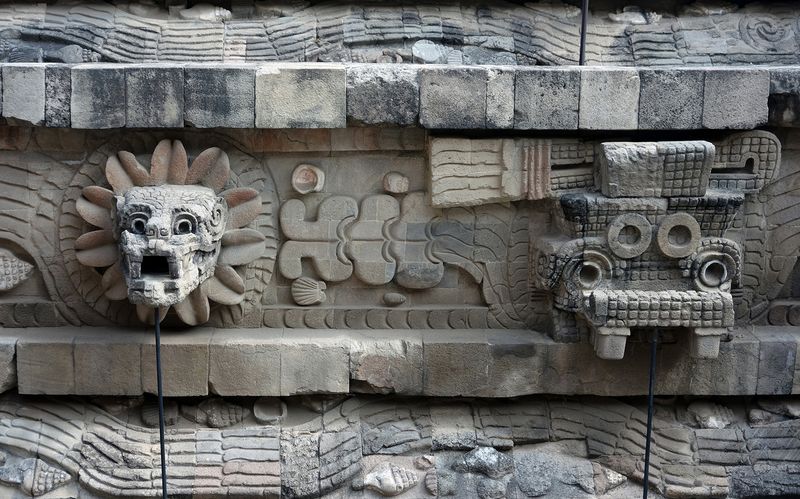
The Pyramid of the Feathered Serpent, located in Teotihuacan, Mexico, is renowned for its elaborate carvings of the feathered serpent deity, Quetzalcoatl. As the third largest pyramid in Teotihuacan, its artistic detail sets it apart. Despite its central location, it often sees fewer visitors than the larger pyramids of the Sun and Moon. This allows for a more intimate appreciation of its intricate designs. The pyramid’s historical and religious significance add to its mystique, offering insights into the beliefs of a civilization once dominant in Mesoamerica. Its quieter atmosphere enhances the exploration experience.
23. Monte d’Accoddi

Monte d’Accoddi, located in Sardinia, Italy, is an archaeological site unlike any other in Europe. Its ziggurat-like structure resembles the step pyramids of Mesopotamia, creating a mysterious link between distant cultures. Built by the prehistoric inhabitants of the island, its purpose remains speculative. The pyramid’s isolated location ensures a quiet visit, allowing for reflection amidst the Mediterranean landscape. Visitors can explore its terraced levels and ponder the cultural exchanges that might have influenced its creation. Monte d’Accoddi stands as a testament to the ingenuity and curiosity of ancient civilizations.
24. Pyramid of El Tajín
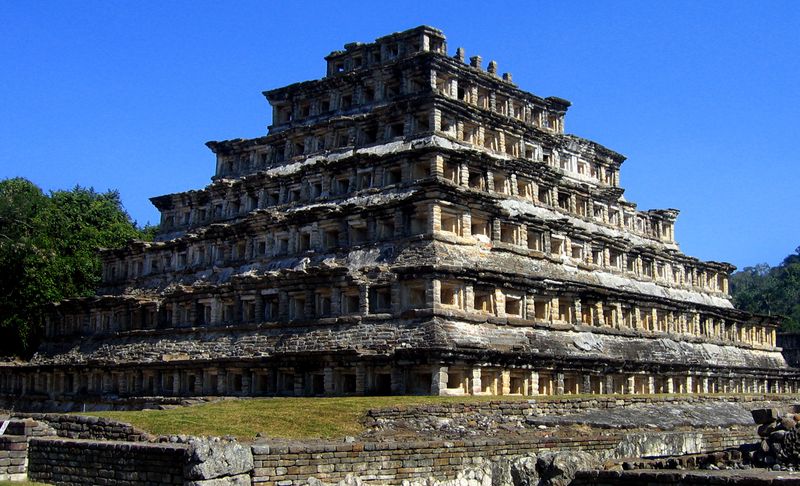
Rising majestically amidst the verdant landscapes of Veracruz, the Pyramid of El Tajín whispers tales of ancient civilizations. Unlike its more famous counterparts, this pyramid stands out with its unique step-like niches that capture the early morning sun beautifully.
Visitors are often mesmerized by the intricate carvings that adorn its surface, each telling a story of a bygone era. The surrounding area, rich in flora, adds to the mystique, making it a haven for history buffs and nature lovers alike.
Fun fact: The Pyramid of El Tajín is also known for its vibrant festivals that celebrate indigenous cultures.
25. Pyramid of Meidum
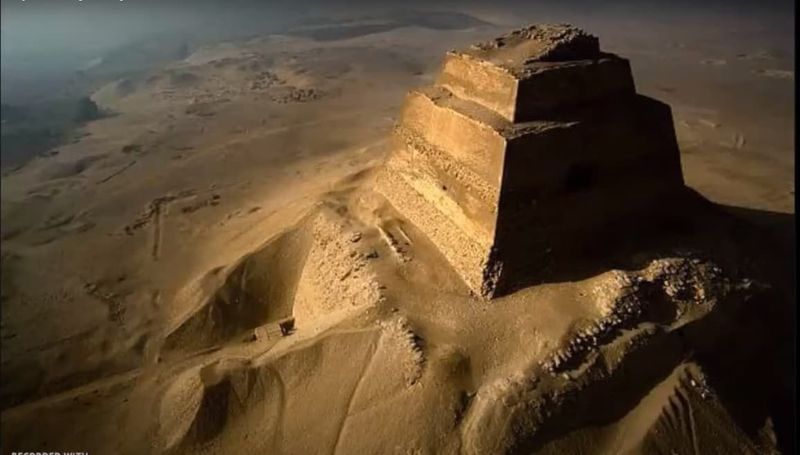
The Pyramid of Meidum, often overshadowed by the giants of Giza, offers a unique glimpse into the evolution of pyramid construction. Its enigmatic, partially collapsed structure stands as a testament to architectural experimentation and bold ambitions.
Set against an expansive desert backdrop, the pyramid’s silhouette is captivating, especially during sunset when the sky transforms into a canvas of warm hues. This lesser-visited site provides a tranquil escape from the crowds, allowing for personal reflection amidst ancient stones.
Interestingly, Meidum is believed to have inspired subsequent pyramid designs, marking a pivotal point in ancient Egyptian architecture.
26. Pyramid of Cahuachi
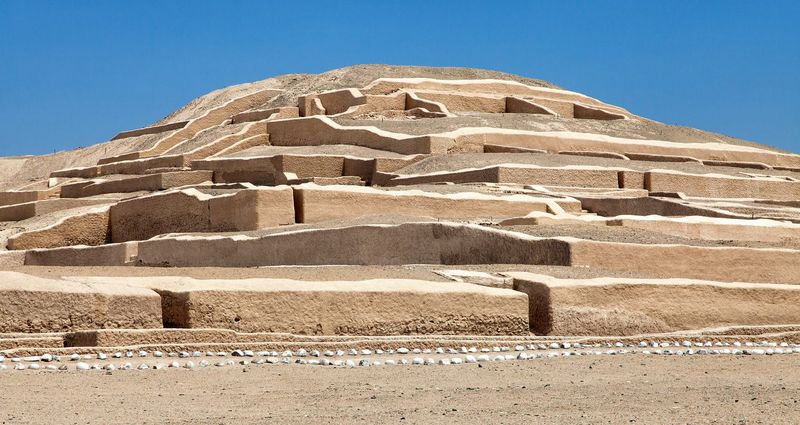
In the arid expanse of Peru’s desert, the Pyramid of Cahuachi emerges as a monumental adobe creation. This site served as a major ceremonial center for the Nazca civilization, shrouded in mystery and spiritual significance.
The pyramid’s layered adobe bricks echo tales of ancient rituals, making it a fascinating study for archaeologists and adventurers alike. Surrounded by rolling sand dunes, Cahuachi offers an evocative landscape that contrasts sharply with its earthen hues.
Notably, ongoing excavations continue to unveil its secrets, providing valuable insights into the Nazca culture and their enigmatic geoglyphs.

